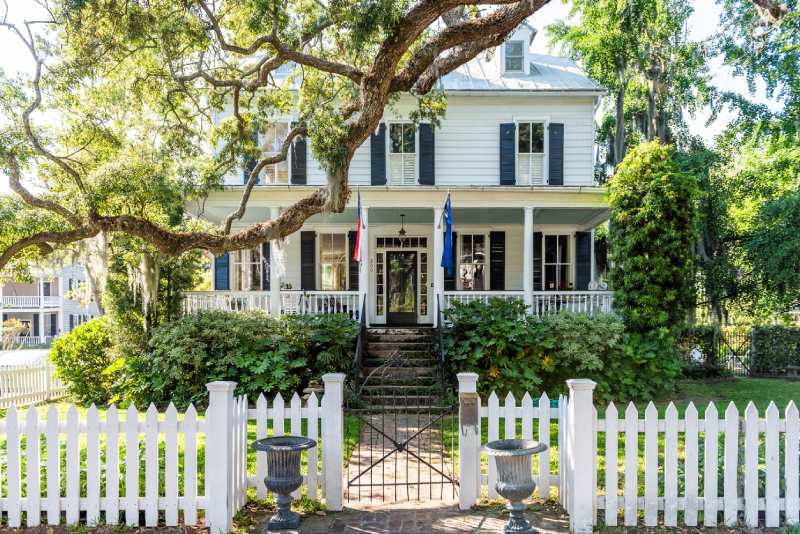Older homes in Eden, GA, bring a lot of character to the town. However, they can bring a lot of HVAC problems for their owners as well. If you own an older home or are thinking of purchasing one, it’s best to understand the common HVAC problems in older homes that you may face so you can work to overcome them quickly.
1. Excess Indoor Air Pollutants
Older homes tend to have more drafts and gaps that let the outside air in. This overloads the air inside of your home with unwanted pollutants that can be harmful to your family’s respiratory health. This overloads your HVAC system’s air filter as it tries to keep up with the constant demand to remove these harmful pollutants, and this will result in poor indoor air quality for your home.
2. Aging HVAC Systems
When you purchase an older home, it’s very likely that the HVAC system is also old. The average HVAC system lasts for around 10 to 15 years, and that’s assuming that it gets annual preventative maintenance. It’s a good idea to check the age of an HVAC system before purchasing an existing home so that you can be properly prepared to purchase a new one if needed in the near future.
3. Undersized HVAC Systems
It’s very commonplace to put additions onto an older home to provide more living space for a family. Unfortunately, it’s not unusual to find older homes with multiple additions that don’t have any HVAC venting or had venting added on without an upgrade in system BTU capacity. When the existing HVAC system becomes undersized for the new home structure, it can result in a number of problems—like higher than necessary energy bills.
4. Higher Energy Bills
Typically, you’ll notice that running an HVAC system costs more in an older home than it does in a newer home. This is due to many different reasons, with one of the most obvious being a lack of adequate insulation in the home to maintain the temperature level. In addition, HVAC systems were less energy efficient 20 years ago than they are now.
5. Outdated Dial Thermostats
Many older homes are still equipped with dial thermostats, which are very inaccurate when it comes to reading the actual temperature inside of a home due to the mercury inside of them. These older thermostats don’t offer the programmable and energy-saving options that newer thermostats do. Continuing to utilize an older dial thermostat can result in higher energy bills for your older home.
6. Inadequate Airflow
Over the years, new ductwork designs have allowed newer homes to optimize the airflow throughout their HVAC systems. Unfortunately, the ductwork in many older homes is poorly designed and doesn’t allow for optimal airflow. In addition, the undesirable buildup of dust, dirt, pet hair, dander and other debris can drastically reduce your HVAC system’s ability to adequately move air throughout your home. It’s best to prepare to have your ductwork cleaned out first to assess the airflow in your older home.
7. Leaky Ductwork
Most HVAC systems utilize ductwork that runs throughout the walls and floors of a home. Over time, this metal venting can develop gaps, dents and other holes that can allow air traveling through the ducts to escape into the wall and floor cavities. This means that less heated air makes its way to the various rooms throughout your home, and you’ll have to run your heating system longer to adequately heat your home. Older homes are more susceptible to leaky ductwork for the simple fact that the ductwork is older and has likely experienced damage.
We Handle All HVAC Problems in Older Homes!
Call Byrd Heating and Air Conditioning to get the assistance you need for your older HVAC system problems. Our service technicians can assist you with optimizing your existing system, or we can upgrade you to a brand-new one so that your family stays comfortable throughout the entire year.
Image provided by iStock

